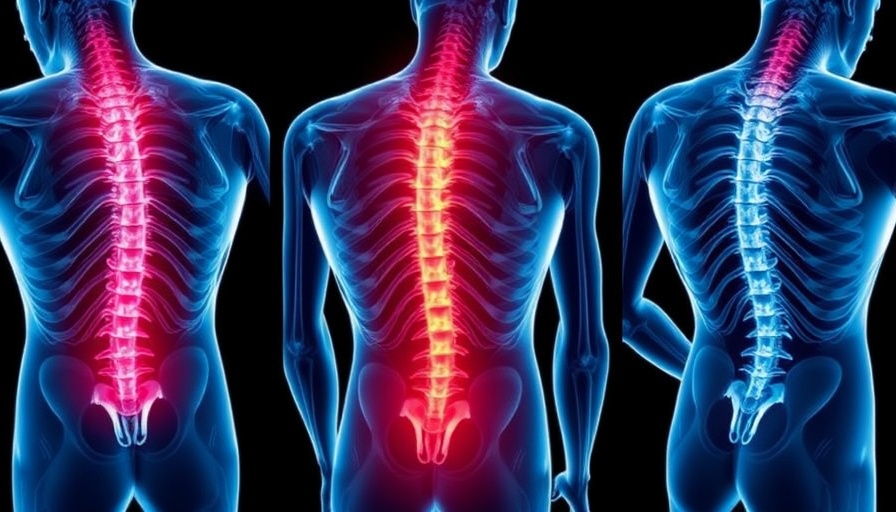
Understanding the Link Between Paraspinal Muscle Composition and Chronic Back Pain
New research indicates that the composition of paraspinal muscles, specifically fat infiltration within these muscles, may predict the onset of chronic back pain. As one of the most prevalent medical issues, chronic back pain affects millions worldwide, often leading to physical limitations and decreased quality of life. This emerging relationship between muscle composition and pain underscores the need for further exploration of preventive measures and tailored treatment plans.
The Science Behind Muscle Composition
The paraspinal muscles play a critical role in stabilizing the spine and supporting posture. When these muscles undergo changes—like increased fat infiltration—it can compromise their strength and functionality. Researchers found that individuals with higher levels of fat in their paraspinal muscles were more likely to report chronic back pain. This finding serves as a reminder that our body composition directly influences our overall health and pain management.
The Relevance of Body Composition
Hypertrophy of muscle tissue is often viewed in a positive light, aiming for sculpted bodies and improved performance. However, fat infiltration signifies a shift that can weaken muscle functionality. This can be compounded by inactivity, leading to a spiral of declining muscle composition and worsening pain. Addressing these body composition challenges through regular exercise and better nutrition can be invaluable in preventing chronic back pain.
A Broader Perspective: Statistics and Impacts
According to recent epidemiological studies, approximately 80% of adults experience back pain at some point in their lives. The National Institutes of Health suggests that chronic pain is one of the most significant factors contributing to disability globally. These statistics highlight the urgency in identifying effective strategies for prevention and management, especially as societal trends toward sedentary lifestyles persist.
Future Predictions: Expanding Research and Technology
Moving forward, researchers are keenly focused on leveraging imaging technology, like MRI scans, to develop clearer insights into muscle composition changes over time. This approach could pave the way for early intervention strategies that incorporate personalized healthcare. By understanding the specific muscle compositions that correlate with chronic pain, healthcare providers can develop proactive treatment plans aimed at muscle strength and flexibility.
Conclusion: Take Charge of Your Health
While the connection between paraspinal muscle composition and chronic back pain is becoming clearer, it emphasizes the importance of proactive health management. Simple interventions such as regular exercise, proper nutrition, and body awareness can help mitigate risks associated with chronic pain. To explore more about maintaining healthy muscle composition and its impact on overall well-being, consider engaging with physical therapy resources or health workshops in your area.
 Add Row
Add Row  Add
Add 




Write A Comment